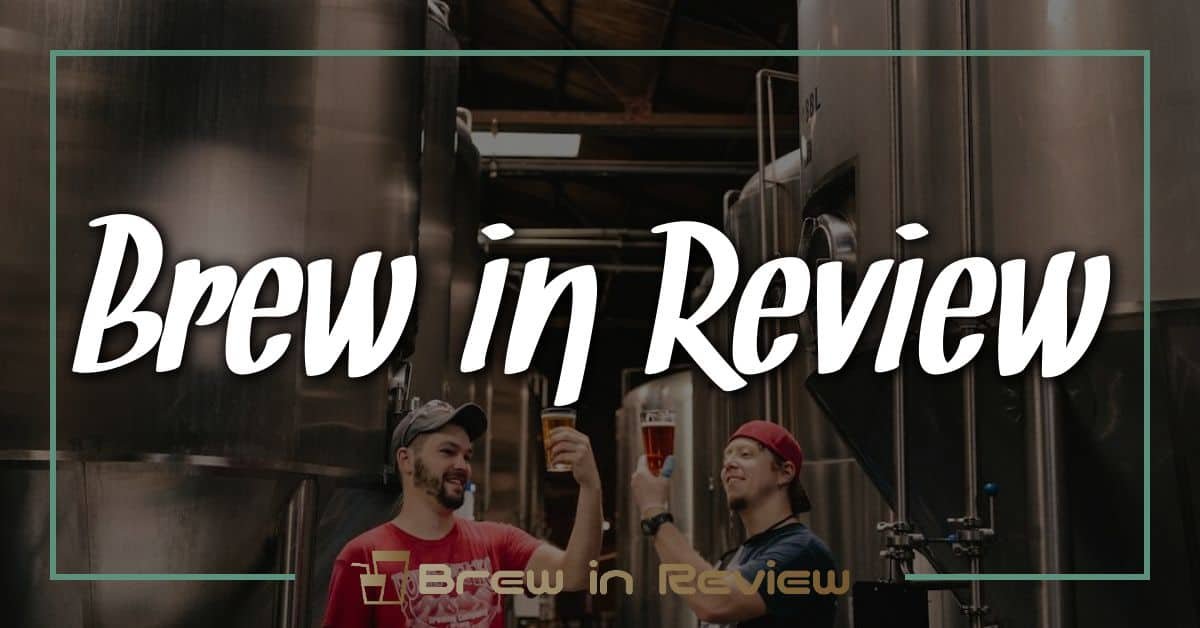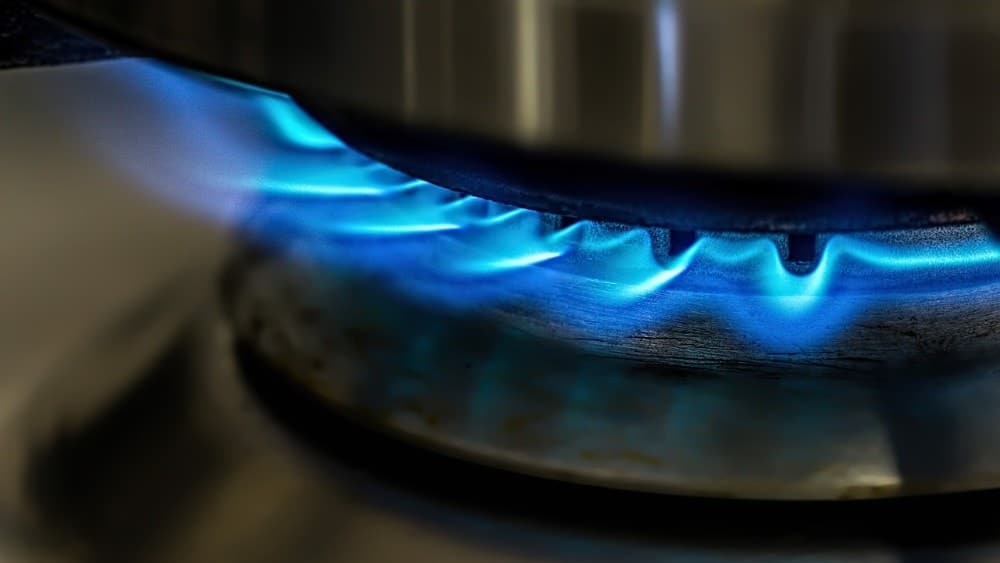Competing in brewing contests is one of the most exciting ways to showcase your skills and creativity. Whether you’re a seasoned brewer or just starting out, the thrill of presenting your best creation to judges can be both exhilarating and nerve-wracking. I’ve learned that a few key strategies can make all the difference in standing out from the crowd.
Understanding Competition Brewing
Competition brewing offers a unique chance to refine skills and express creativity. By focusing on specific aspects, I maximize my chances of impressing judges and standing out.
Importance of Brewing for Competitions
Brewing for competitions sharpens my brewing techniques. It motivates me to perfect recipes and methods, leading to higher quality brews. Competitions serve as a benchmark, pushing me to adhere to specific styles and ingredients, which enhances my overall brewing knowledge. Additionally, feedback from judges provides valuable insights, helping me improve future brews. Engaging in competitions also connects me with fellow brewers, fostering a supportive community dedicated to growth and learning.
Common Competition Categories
Competitions typically feature various categories, aligning with different brewing styles. Some of the common categories include:

- Pale Ale: Bright flavors and moderate bitterness often highlight these entries.
- Stout: Rich, dark beers with flavors like coffee and chocolate dominate this category.
- Lager: Crisp, clean brews emphasize fermentation techniques and yeast character.
- Wheat Beer: Light and refreshing, these beers showcase the unique characteristics of wheat.
- Sour Ale: Tart and funky flavors highlight experimental brewing techniques.
Understanding these categories helps me tailor my creations to fit judges’ expectations while allowing room for personal expression.
Preparing Your Brew
Preparing your brew takes careful thought and attention to detail. This stage sets the foundation for a competition-worthy beer that impresses judges and showcases my brewing skills.
Recipe Selection
Selecting the right recipe is crucial for competition success. I focus on recipes that reflect my strengths and style. I consider flavor profiles, techniques, and the competition’s category. For instance, if the contest highlights IPAs, I might explore a hop-forward recipe with balanced malt character. I aim for originality without straying too far from established styles. Sample recipes from award-winning brewers also serve as inspiration, helping me craft something unique yet familiar.
Ingredient Quality
High-quality ingredients make a significant difference in the final product. I prioritize using fresh, locally sourced components whenever possible. I select malt that has been properly stored to ensure freshness and flavor integrity. I choose hops based on aroma and flavor potential, ensuring they’re vibrant and potent. For specialty grains, I pay attention to their color and aromatic properties, as they contribute directly to the beer’s character. Water quality deserves equal attention; using purified water or adjusting local water chemistry enhances my brews significantly. Quality ingredients lead to rich, full-bodied flavors that resonate with judges and beer enthusiasts alike.
Brewing Techniques
Brewing for competitions demands precision and care in technique. By focusing on key equipment and essential brewing steps, brewers can elevate their craft and impress judges.
Equipment Considerations
- Brew Kettle: I prefer a kettle with a minimum capacity of 5 gallons. This size allows for brewing a wide range of styles while managing large volumes.
- Fermenter: I opt for a primary fermenter with a tight seal and an airlock. Glass carboys or stainless steel fermenters work best to monitor and maintain fermentation conditions.
- Thermometer: Digital thermometers provide quick and accurate temperature readings to ensure proper mash and fermentation temperatures.
- Hydrometer or Refractometer: These tools are essential for measuring specific gravity, helping me assess fermentation progress and final alcohol content.
- Bottling Setup: A bottling bucket with a spigot simplifies the bottling process. Using bottle caps and a capper ensures a solid seal on each bottle.
Essential Brewing Steps
- Sanitation: I start with thorough sanitation. Cleaning all equipment prevents contamination, ensuring that only the desired yeast influences the brew.
- Mashing: I maintain a consistent mash temperature between 150°F to 155°F. This range encourages enzymatic activity, converting starches to sugars effectively.
- Boiling: I bring the wort to a vigorous boil for at least 60 minutes. This step not only sterilizes but also extracts bitterness and flavors from the hops.
- Cooling: I cool the wort quickly to yeast-pitching temperature using an immersion or counterflow chiller. Rapid cooling reduces the risk of unwanted bacteria growth.
- Fermentation Monitoring: I regularly check gravity readings throughout fermentation. This helps me understand fermentation activity and determine when to transfer to secondary if necessary.
- Conditioning: I condition my beers for at least two weeks after fermentation. This step allows flavors to mature and clarifies the beer.
- Carbonation: I achieve desired carbonation levels by priming with corn sugar before bottling. This process gives the beer a pleasing mouthfeel and enhances aroma.
By following these techniques, I create winning brews that stand out in competitions, drawing on my experience both as a professional brewer and a home brewer.
Presentation Matters
Presentation significantly influences a brewer’s success in competitions. A well-presented brew reflects attention to detail and professionalism, making a strong first impression on judges.
Proper Bottling Techniques
Proper bottling techniques enhance both appearance and quality. I ensure bottles are clean and sanitized to prevent any off-flavors. I also prefer using dark glass bottles, which protect the brew from light exposure. Filling to the right level—about three-quarters full—ensures minimal oxidation. I cap bottles securely, so carbonation develops properly. Finally, I let my bottles condition in a cool, dark space, promoting optimal carbonation and flavor.
Labeling Your Brew
Labeling adds a personalized touch that can impress judges. I design labels that clearly display the beer’s name, style, and alcohol content. I choose attractive graphics that reflect the brew’s theme or ingredients, creating visual appeal. I include tasting notes and food pairing suggestions on the label, giving judges context. Each label must be neat and professionally executed, conveying a sense of pride in my brew.
Judging and Feedback
Competing in brewing contests offers a unique chance to understand how judges assess your work. Receiving constructive feedback can steer your future brews toward success.
Understanding Judging Criteria
I’ve found that knowing the judging criteria helps align my brewing efforts with what judges look for. Most competitions evaluate aroma, appearance, flavor, mouthfeel, and overall impression. These aspects matter greatly:
- Aroma: Judges appreciate a pleasing aroma that reflects the beer style. Pay attention to hops, malt, and any additional ingredients.
- Appearance: Clarity, color, and head retention are vital. A visually appealing brew captures judges’ attention right away.
- Flavor: Flavors should be clean, balanced, and appropriate to style. Any off-flavors can detract from the overall experience.
- Mouthfeel: This involves texture and body. A well-rounded mouthfeel enhances enjoyment and aligns with style expectations.
- Overall Impression: Judges consider the beer’s engagement and whether it fulfills its intended purpose.
Focusing on these criteria can significantly enhance how my brews are perceived.
Learning from Feedback
Feedback plays a crucial role in my brewing journey. Judges often provide insights that I wouldn’t notice otherwise, helping me refine my techniques. Here’s how I approach feedback:
- Embrace Constructive Criticism: I view feedback as an opportunity rather than a setback. Understanding what didn’t work helps me grow.
- Ask Specific Questions: After receiving my scoresheets, I always inquire about specific aspects. This dialogue can lead to clearer insights.
- Take Notes: Documenting judges’ comments allows me to track my progress over time. It also serves as a reference for future contests.
- Try New Techniques: When judges note areas for improvement, I experiment with their suggestions in my next batches. This practice nurtures innovation in my brewing.
- Share Experiences: Engaging with fellow brewers enriches my learning. Exchanging experiences around feedback creates a supportive brewing community.
Utilizing feedback effectively transforms short-term critiques into long-lasting improvements in my brewing craft.
Conclusion
Competing in brewing contests has been one of the most rewarding experiences for me. It’s not just about winning but about pushing my limits and sharing my passion with fellow brewers. Each competition is a chance to learn something new and refine my techniques.
I’ve found that the friendships and connections made along the way are just as valuable as any award. If you’re considering entering a competition I encourage you to embrace the journey. Focus on what makes your brew unique and don’t shy away from feedback. Remember that every drop you create is a step toward becoming a better brewer. Cheers to your brewing adventures!




